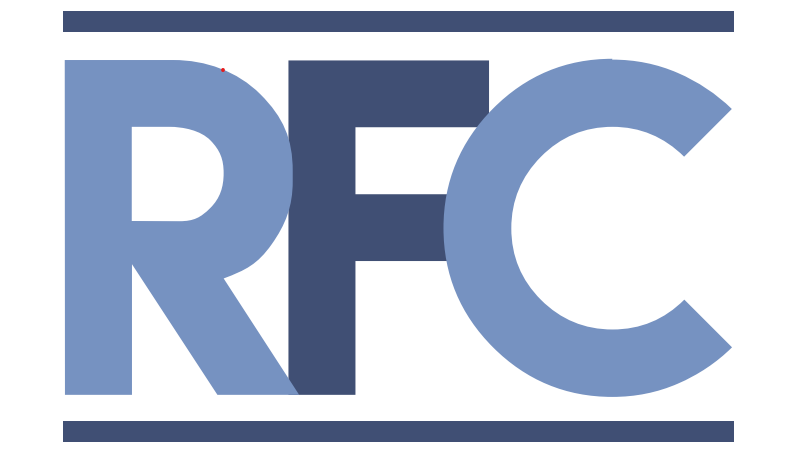
I have had a busy June talking to people about understanding and employing empathy and emotional intelligence (EI). I engaged with audiences about achieving shared understanding and building trust. The conversations and consultations have been so rewarding that I created four teaching plans that are readily available in my portfolio. I would be happy to discuss any of these plans with you. #emotionalintelligence #empathy #trust #iabc22 #iabc2022 #iabcwc
Leadership Solutions in a Hybrid Workplace
1. Leaders in a hybrid workplace have special challenges that we can generalize as “distance.” Distance is a disconnected aspect that can occur in the work relationship at times that are important, such as when operations or personnel changes take place. It concerns accomplishments that are crucial to job satisfaction, recognition, promotion, and other factors that contribute to the quality of work life. Organizations need collective agreements that guide teams and foster shared understanding, collaboration, and innovation. This plan is based on the book Analyzing Telework, Trustworthiness, and Performance Using Leader-Member Exchange: COVID-19 Perspective.
3D Coaching & Leading Philosophy
Dr. Michael Brown
2. The bottom line is to know yourself and your team and develop together to form a winning combination that can withstand the test of time. Work together through the common language of 3D and through a shared understanding. Leaders should create strong relationships where they bond with and inspire members, achieving shared understanding and building trust. The resulting improvements can deliver increased personal and professional growth, improved productivity and performance, and innovation. This plan is based on the book 3D Coaching: Suggestions for a New Approach.
Emotional Intelligence (EI) at Work
3. Emotional Intelligence is critical for career success. It helps leaders build a collaborative culture, emphasize everyone’s strengths, and work to improve weaknesses. The smartest leaders can benefit from EI by finding the best way to create a bond with their team. These leaders use EI to create working relationships that allow the best and brightest on the team to share their technical expertise with solid recommendations for action.
Motivationally Intelligent Leadership
4. Motivationally Intelligent Leadership: Leaders must develop effective traits that will create positive partnerships and work ethic in business environments, highlighting pertinent topics such as engaged interaction, team communication, and work motivation. This plan is based on the book Motivationally Intelligent Leadership: Emerging Research and Opportunities.
Bonus Information – My Surveys
Communication Survey – Analyzing Emotional Intelligence (EI) and Empathy
https://www.surveymonkey.com/r/XMHTXBD

Analyzing Workers 50 and Over
https://www.surveymonkey.com/r/VLRZMDT

Related
- Share this post

Doc Brown